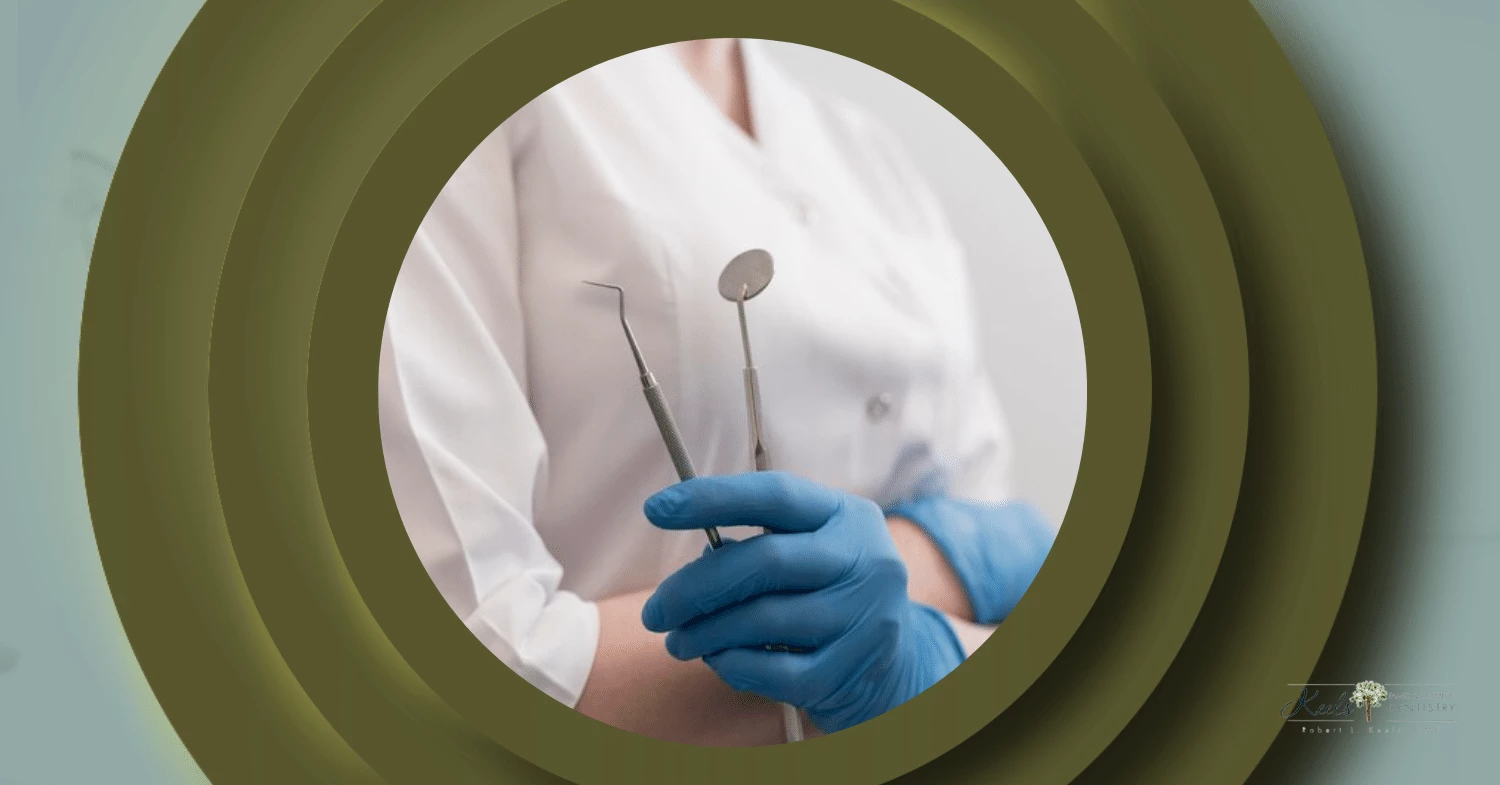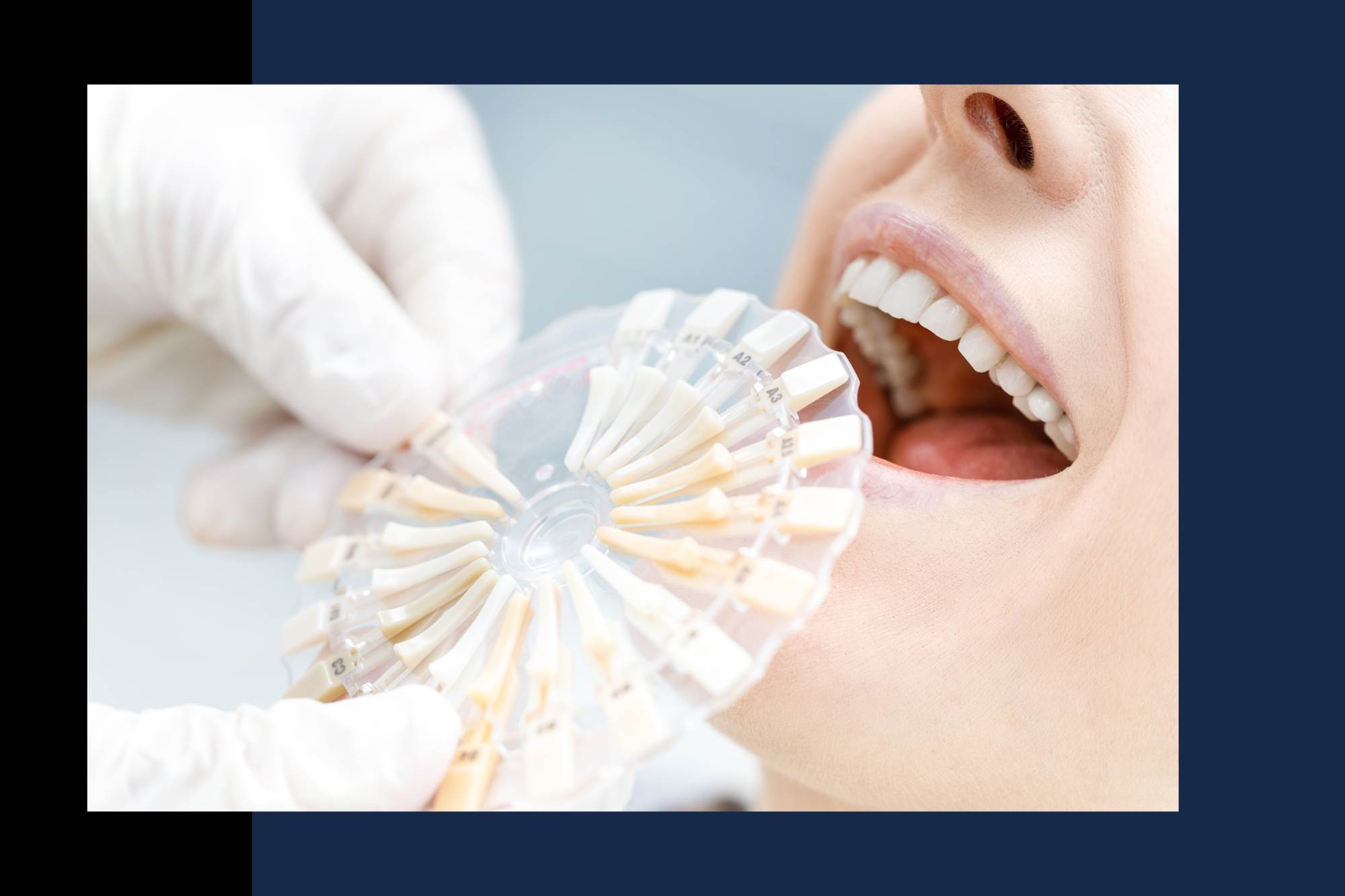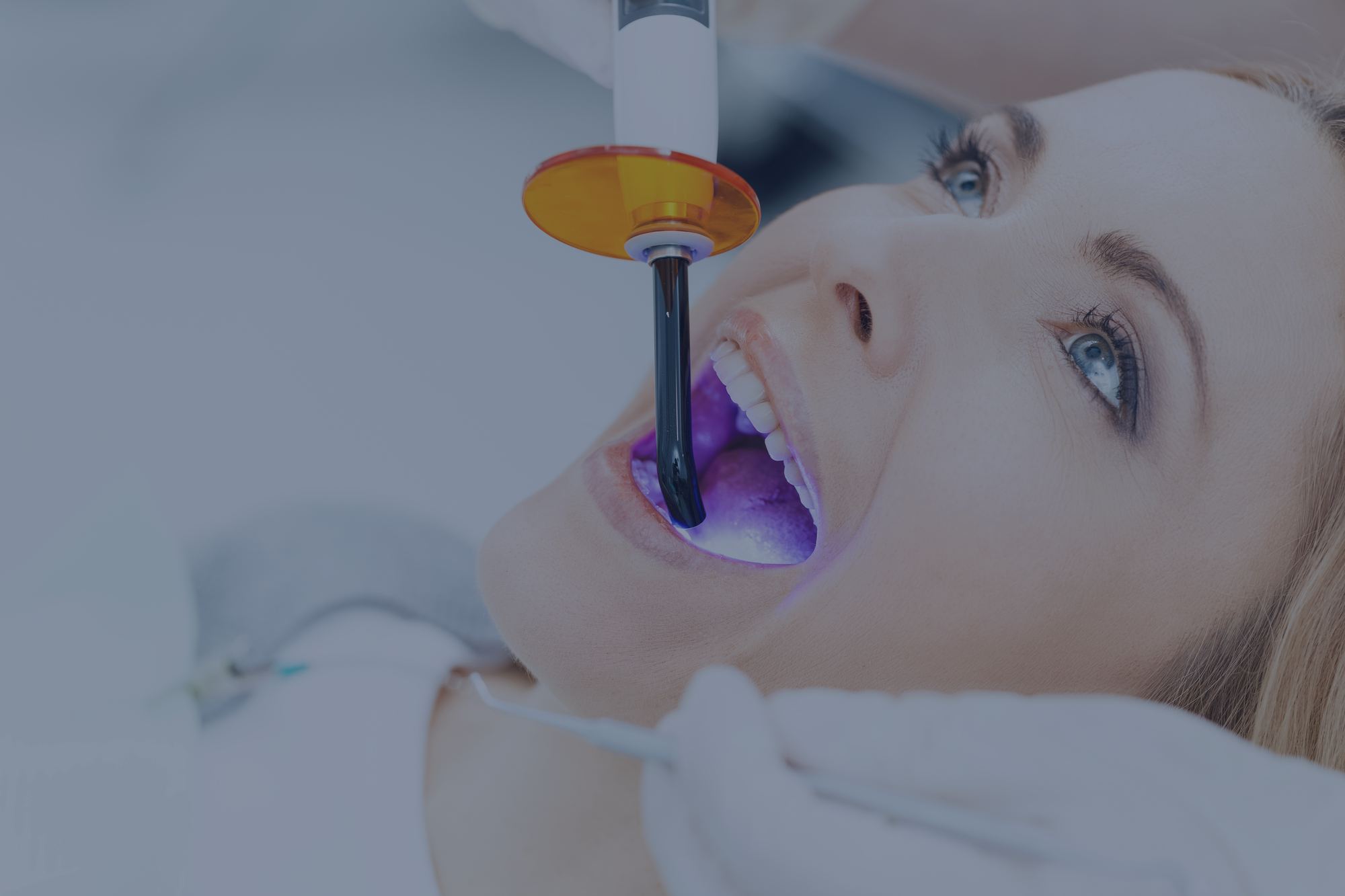SCHEDULE AN APPOINTMENT!
Keels Family & Cosmetic Dentistry proudly offers the most advanced pulpotomy services in Duncan, SC and nearby areas. Our experienced dentists use state-of-the-art equipment and techniques to ensure that our patients receive high-quality care with minimal pain and discomfort.
Our pulpotomy services are designed to preserve as much of the natural tooth structure as possible while effectively removing decay and infection from the affected area. Our dentists will remove any decayed areas, deep clean the pulp chamber, and fill or seal it off with a special material during the procedure.
After the procedure is completed, we may recommend a crown or other restorative treatment to protect the tooth further and restore its full function. We strive to make sure that all of our patients feel comfortable and at ease throughout their visits with us.
What is a Pulpotomy?
A pulpotomy is a dental procedure that partially removes the pulp tissue from a decayed or infected primary (baby) tooth. The pulp is the innermost part of the tooth, consisting of blood vessels, nerves, and connective tissue.
The pulpotomy is primarily performed in children when the decay or infection has reached the pulp but has not spread to the root canals or surrounding tissues.
A pulpotomy aims to remove the infected or inflamed portion of the pulp, eliminate bacteria, and preserve the vitality and function of the remaining healthy pulp tissue. By doing so, the dentist aims to prevent the spread of infection, alleviate pain, and maintain the structural integrity of the primary tooth until it naturally falls out to make way for permanent teeth.

What is a Pulpectomy?
A pulpectomy is a common dental treatment used to remove pulp from the root canals of teeth. This procedure is performed when the pulp becomes damaged or infected, causing pain and swelling.
The dentist will create an opening in the tooth and then extract the infected or inflamed tissue from within the root canal. A filler material, such as gutta-percha, is then placed in the root canal to fill the space. This helps to prevent further decay and increases tooth longevity.
After a pulpectomy, most patients report improvement in their symptoms and have better long-term outcomes with their dental health. It is important to continue regular brushing and flossing of your teeth after this procedure and visit the dentist for check-ups to ensure that the pulpectomy has been successful.
Reasons for a Pulpotomy
This conservative approach aims to save the affected tooth by removing the diseased portion of the pulp and preserving the remaining healthy tissue. Check out these common reasons for a pulpotomy and the importance of maintaining the health of primary teeth:
- Extensive Tooth Decay – One of the primary reasons for a pulpotomy is extensive tooth decay that has penetrated deep into the tooth structure. Decay occurs when bacteria break down the tooth’s outer layers, progressing toward the pulp. If left untreated, the decay can cause severe pain and infection and potentially affect the development of permanent teeth. A pulpotomy allows for the removal of the infected pulp, stopping the spread of decay and preserving the tooth.
- Pulpal Infection – When a primary tooth experiences trauma or deep cavities, bacteria can infiltrate the pulp, leading to infection. Pulpal infection can cause significant discomfort and may result in an abscess if not addressed promptly. By performing a pulpotomy, the infected pulp is removed, the source of infection is eliminated, and the remaining healthy pulp tissue can regenerate, promoting healing and preventing further complications.
- Pulp Exposure – In some cases, the pulp of a primary tooth may become exposed due to a fracture or extensive decay. Pulp exposure can be accompanied by pain and sensitivity. A pulpotomy is often recommended to remove the exposed and potentially infected pulp tissue. By preserving the healthy portion of the pulp, the tooth can continue to function until it naturally sheds, allowing for proper eruption and alignment of permanent teeth.
- Prevention of Premature Tooth Loss – Primary teeth are crucial in a child’s oral development, serving as placeholders for permanent teeth. Premature loss of primary teeth due to decay or infection can lead to complications, including misalignment of permanent teeth and improper jaw development. By performing a pulpotomy, the dentist aims to maintain the primary tooth’s integrity, allowing it to fulfill its role until the permanent tooth emerges naturally.
- Preserving Chewing Function – Primary teeth are essential for proper chewing function, enabling children to eat a balanced diet and aiding in proper digestion.. Preserving primary teeth through a pulpotomy ensures children can maintain their chewing ability and support healthy speech development during their crucial formative years.
- Speech Development – Primary teeth play a crucial role in speech development, as they help children articulate sounds and form words correctly
A pulpotomy is a valuable dental procedure that aims to save primary teeth by removing diseased pulp tissue while preserving the remaining healthy pulp. By addressing extensive decay, pulpal infection, pulp exposure, and preventing premature tooth loss, a pulpotomy plays a vital role in maintaining oral health, promoting proper development, and preserving children’s smiles.
If your child experiences tooth decay or infection, consult a pediatric dentist to determine if a pulpotomy is the appropriate treatment option.
Alternatives to a Pulpotomy
An alternative to a pulpotomy is a pulpectomy. A pulpectomy involves removing the entire pulp of the tooth, including both the coronal and radicular portions. This procedure is typically done when there is extensive decay or infection that has spread deep into the root canals.
In this case, it may be impossible to keep any of the pulp alive, even with medications. After the pulpectomy is performed, root canal therapy is typically necessary in order to prevent further infection and provide a stable foundation for crown placement.
If you are looking for other alternatives to a pulpotomy, here are some options:
- Direct Pulp Capping: This procedure involves placing a medicated material directly on the exposed or injured pulp to encourage healing and the formation of a protective layer. It is typically performed when the pulp is minimally affected and can still recover.
- Indirect Pulp Capping: If the pulp is not directly exposed but is close to being affected, an indirect pulp cap can be performed. In this procedure, a protective liner or base is placed over the affected dentin to promote healing and prevent further damage to the pulp.
- Root Canal Treatment: For more extensive pulp damage or when a pulpotomy is not successful, a root canal treatment may be necessary. It involves the complete removal of the dental pulp from the root canals, followed by filling and sealing the canals to save the tooth.
- Extraction: In cases where the tooth is severely damaged and cannot be saved through other means, extraction may be considered. However, it is essential to consider the implications of tooth loss and the potential need for space maintainers in the case of primary teeth.
- Stainless Steel Crowns: If a primary tooth is extensively decayed but still has a functional root structure, a stainless steel crown can be placed over the tooth to protect it and restore its functionality.
- Zirconia Crowns: In some cases, zirconia crowns can be used as an alternative to stainless steel crowns for restoring primary teeth.
The choice of treatment will depend on factors such as the extent of the pulp damage, the age of the patient, the overall dental health, and the prognosis of the tooth. Schedule an appointment with us to know the best option for you!
Pricing
The cost of a pulpotomy varies depending on several factors, such as the age of the patient, the complexity of the procedure, and the materials used. For example, if a baby tooth requires a stainless-steel crown after the pulpotomy, the cost will be higher than a composite or amalgam restoration. Additionally, if sedation is necessary, there may be additional fees associated with that as well.
At Keels Family & Cosmetic Dentistry, we understand that dental costs can be expensive and strive to provide affordable dentistry services for our patients. We are committed to making sure our patients receive the best quality of care at an affordable rate.
REQUEST FOR A QUOTE
The Pulpotomy Procedure
The aim of a pulpotomy is to remove the affected or infected pulp tissue, alleviate pain, prevent the spread of infection, and preserve the remaining healthy pulp.
Here is a step-by-step explanation of the pulpotomy procedure:
Evaluation and Anesthesia
The dentist will conduct a thorough examination of the tooth to determine the extent of decay or infection and whether a pulpotomy is the appropriate treatment. Local anesthesia is administered to numb the area around the affected tooth, ensuring the child’s comfort during the procedure.
Isolation
The dentist will use a rubber dam or another isolation technique to isolate the tooth and keep the treatment area dry and free from contamination.
Access and Removal
Once the tooth is properly isolated, the dentist will create a small opening in the tooth, usually using a dental drill or laser. This opening provides access to the pulp chamber and allows for the removal of the affected pulp tissue.
The decayed or infected pulp is carefully removed using specialized instruments, such as a spoon excavator or a high-speed dental bur. The goal is to eliminate all the diseased tissue while preserving the healthy pulp tissue near the root canals.
Hemostasis and Medication
After removing the affected pulp tissue, the dentist will apply a medicated material to control bleeding, promote healing, and disinfect the remaining pulp. Commonly used medications include a form of sterile cotton soaked in a mild disinfectant solution or a specialized pulpotomy agent. The material is placed in the pulp chamber and is left in contact with the remaining pulp tissue for a short period.
Restoration
Following hemostasis and medication, the dentist will restore the tooth to provide structural support and prevent further decay or damage. The tooth may require a stainless-steel crown or a filling material to seal the access opening and protect the remaining tooth structure. The choice of restoration will depend on the extent of tooth decay, the tooth’s location in the mouth, and the child’s age and cooperation.
Follow-up and Maintenance
After the pulpotomy procedure, it is important to maintain regular dental check-ups and follow the dentist’s instructions for oral hygiene practices. The dentist will monitor the tooth’s healing and assess the need for any additional treatment or follow-up appointments.
In some cases, a pulpectomy (removal of all the pulp tissue) and a stainless-steel crown may be required if the infection persists or if the tooth becomes symptomatic again.
If a similar procedure is performed on a permanent tooth, it is referred to as a root canal treatment (endodontic therapy). The dentist will consider factors such as the child’s age, oral health, and the tooth’s condition when determining the most appropriate treatment approach.
How to Prepare Your Child for a Pulpotomy
Once your child has been diagnosed with a dental condition that can be treated with a pulpotomy, it is important to prepare them for the procedure. Here are a few tips that can help:
- Explain the procedure in simple terms. Using age-appropriate language and visuals can help your child understand the process better.
- Prepare your child for the procedure by reading books or watching videos that demonstrate it.
- Let your child know that the procedure may have some pain involved but that the dentist will do everything possible to keep them comfortable throughout.
- Encourage your child to ask questions and express any concerns they may have. It is important to make sure they feel safe and secure before the procedure.
- Provide reassurance that the procedure is necessary and will help improve their dental health in the long run.
- During the procedure, you can remain with your child for emotional support. Let them know they are not alone and that you are there to help them through it.
- After the procedure, give your child time to rest and recover. Monitor their behavior and watch for any signs of discomfort or infection.
- Make follow-up appointments with your dentist to ensure that the pulpotomy was successful.
If your child is afraid of going to the dentist, it may be helpful to talk with them about their fears before the visit. Be understanding and reassuring as they express any worries or concerns. You can also explain how the dentist will help keep their teeth healthy and strong.
Call us now!
Why Choose Keels Family & Cosmetic Dentistry?
Make An Appointment
At Keels Family & Cosmetic Dentistry, we understand that people choose our practice for a multitude of reasons. Our prime location offers convenience to our valued patients, making it easy to schedule appointments and prioritize their oral health. The trust and satisfaction of our patients, who often refer friends and family, have solidified our reputation as a professional and caring dental office within our community. Our comprehensive services range from cosmetic dentistry to dental care for the entire family, ensuring that we meet the unique needs of every member. We work with various dental insurance plans to make quality care accessible. With flexible scheduling, a warm and welcoming atmosphere, state-of-the-art technology, and a commitment to patient education, we aim to provide not just dental services but also a comfortable and personalized experience. At Keels Family & Cosmetic Dentistry, we prioritize the health and well-being of our patients above all else, fostering a strong personal connection with each individual who walks through our doors.



